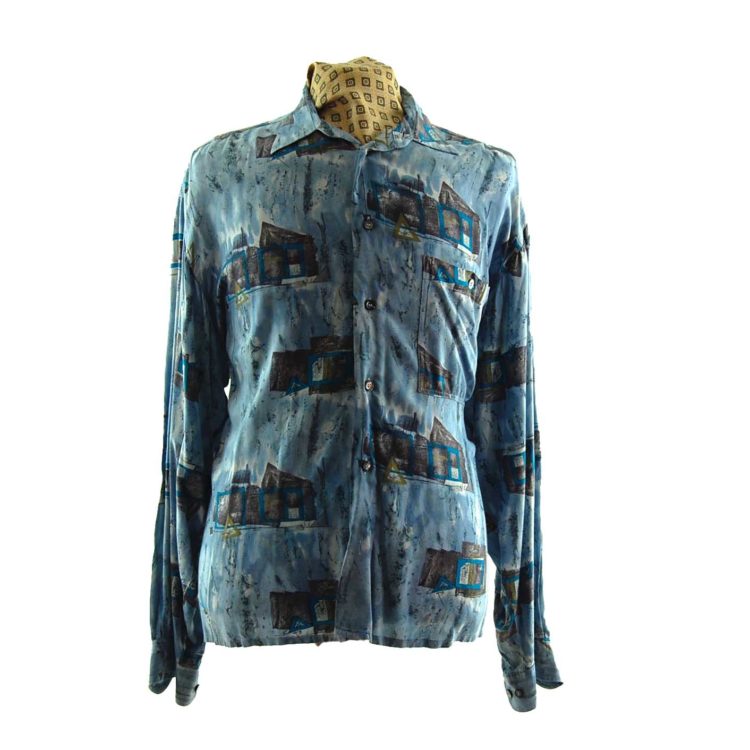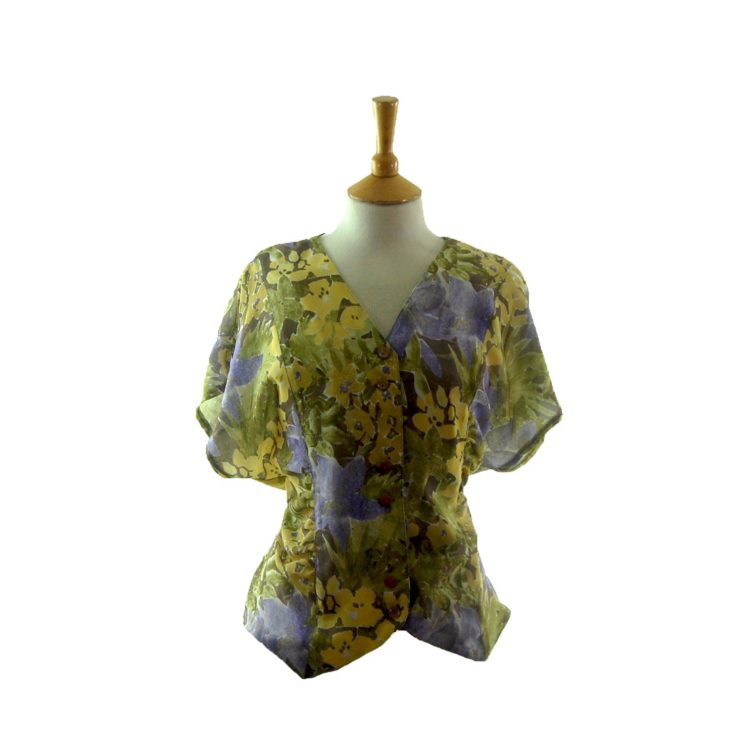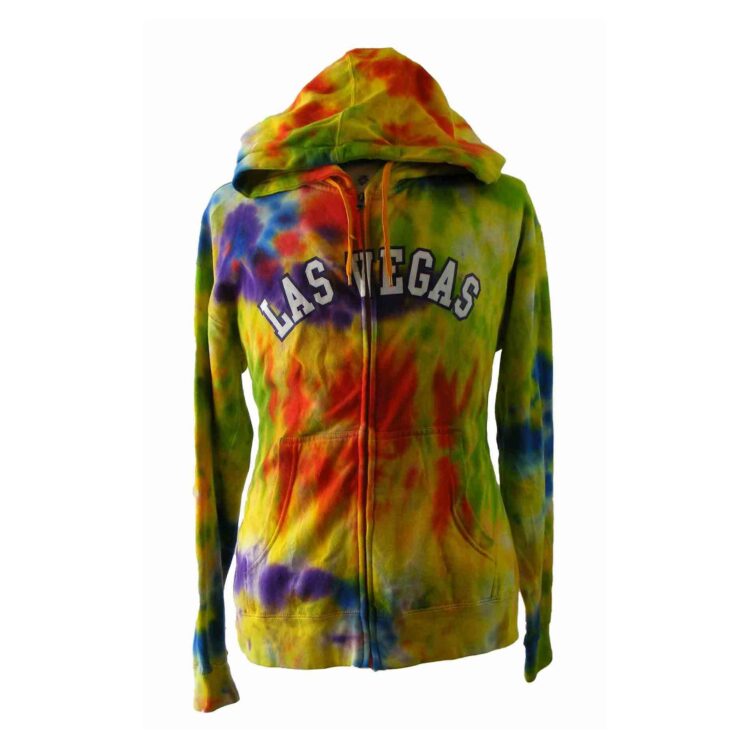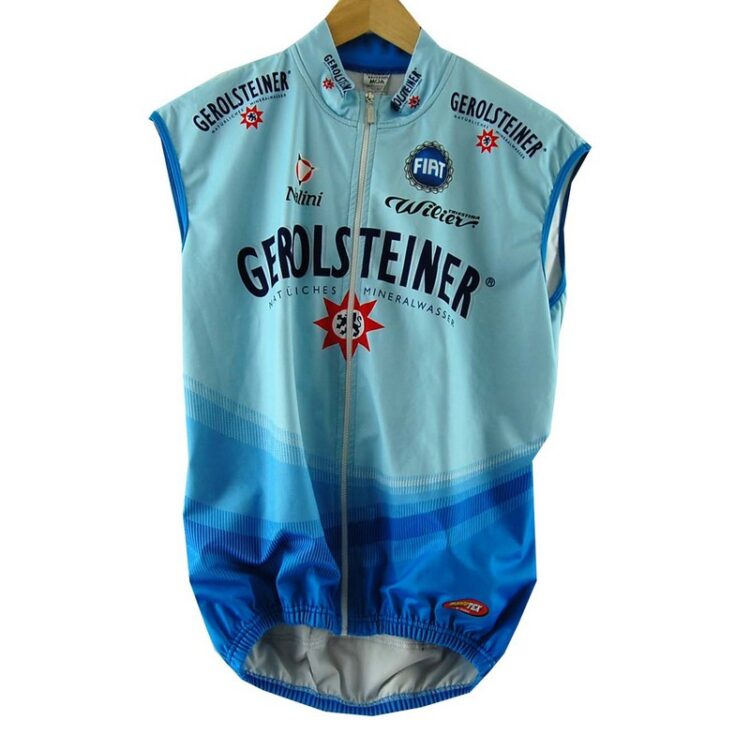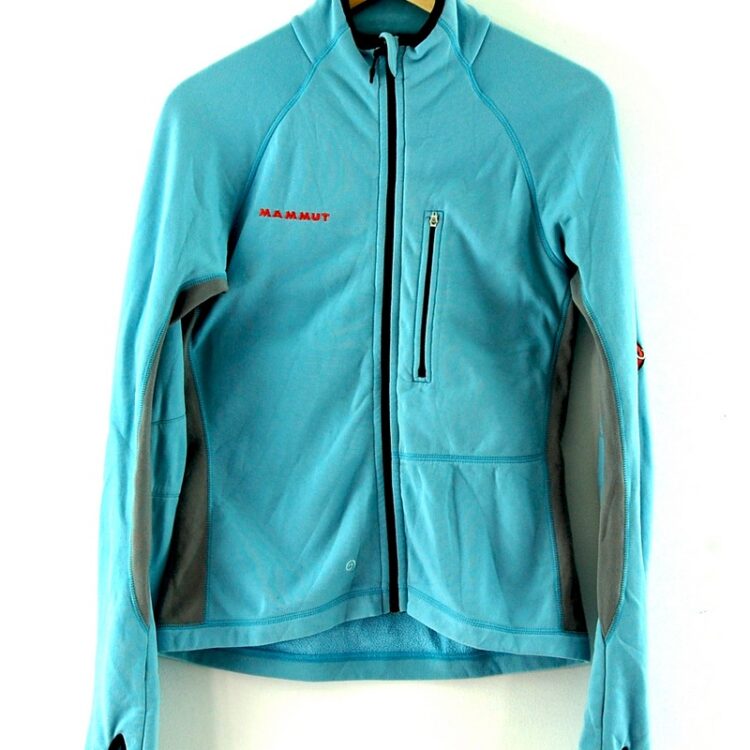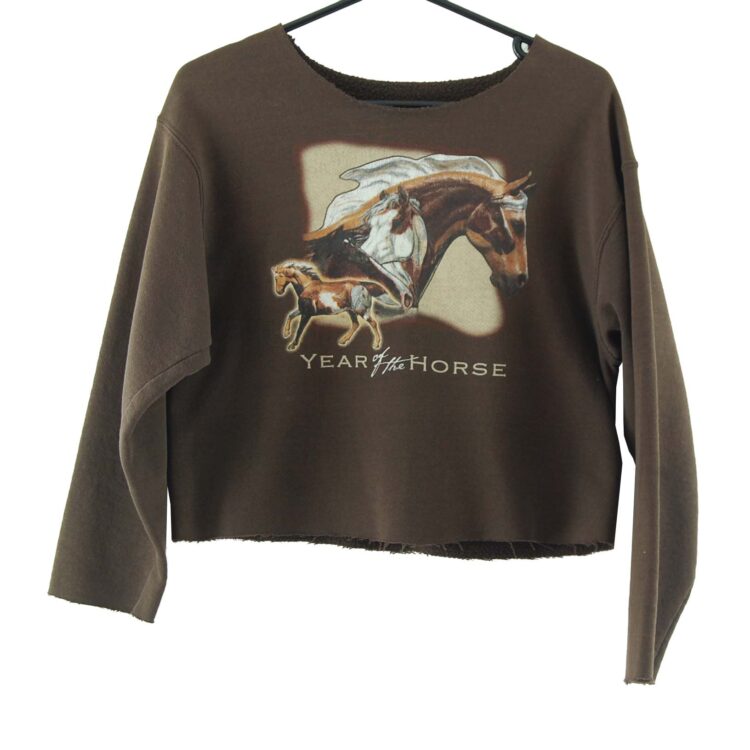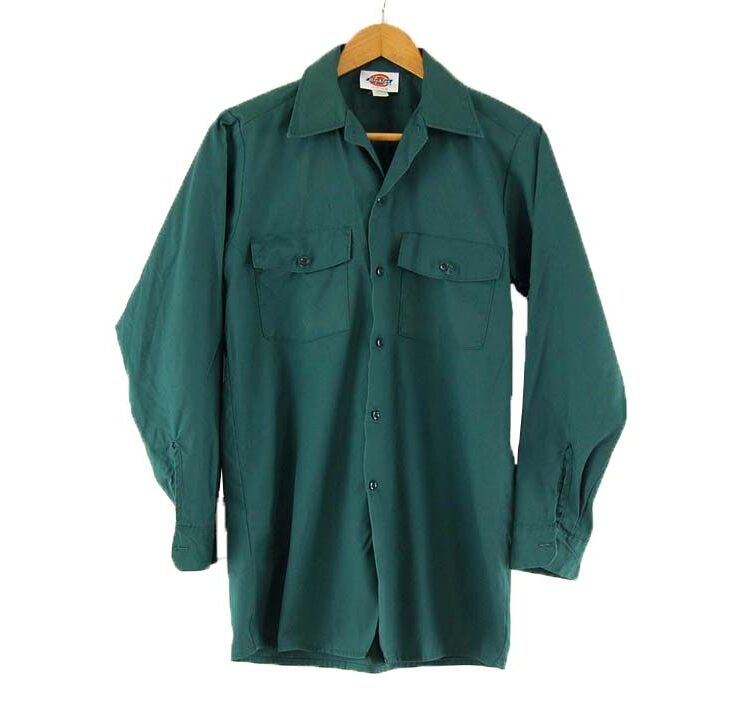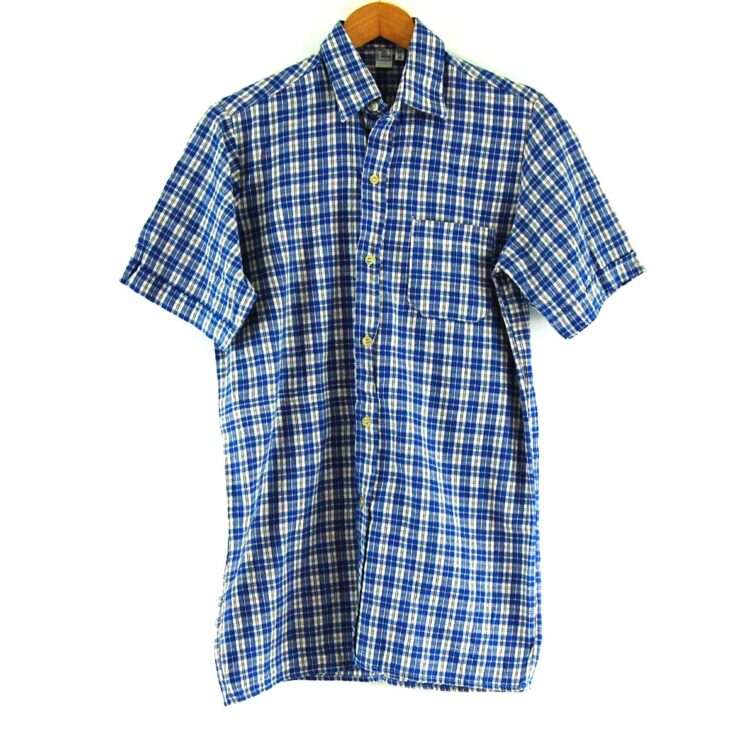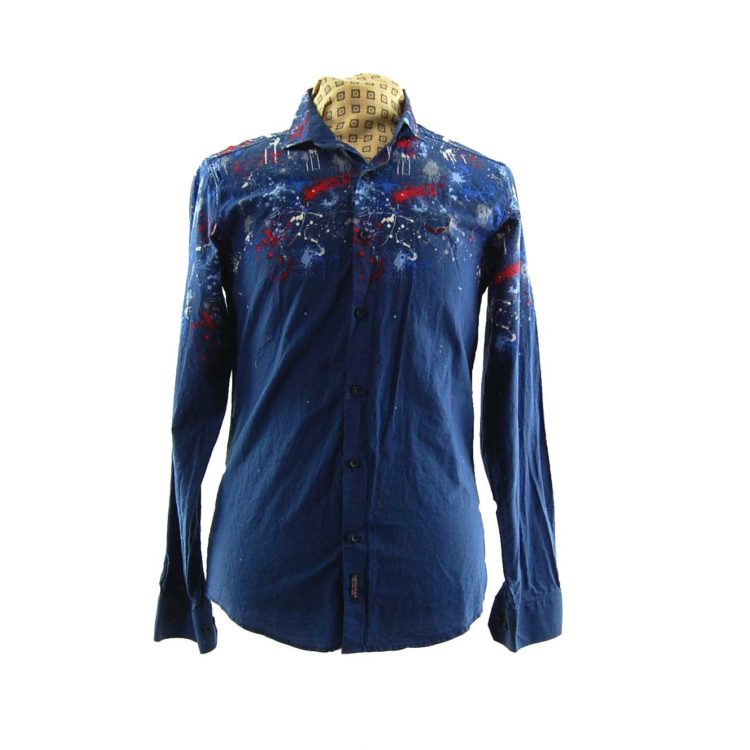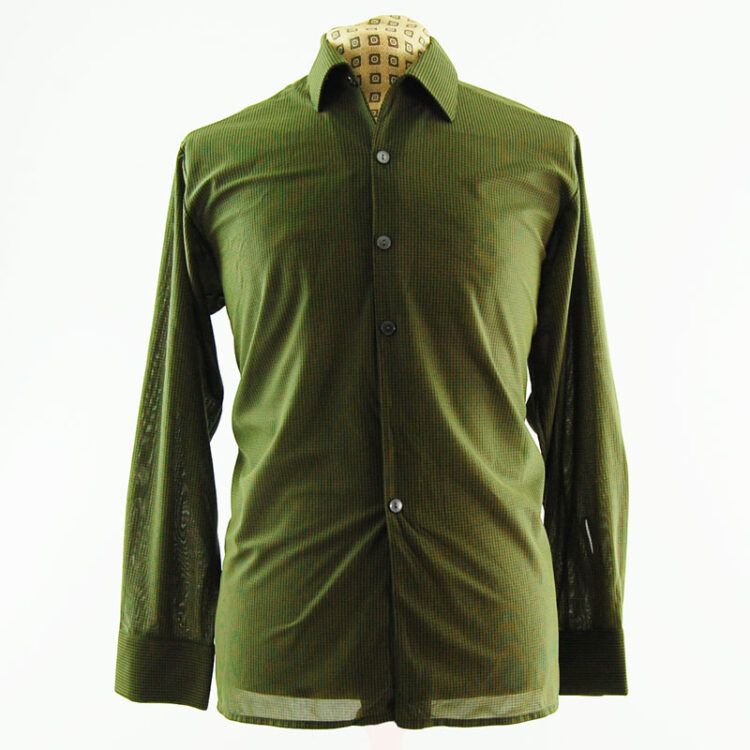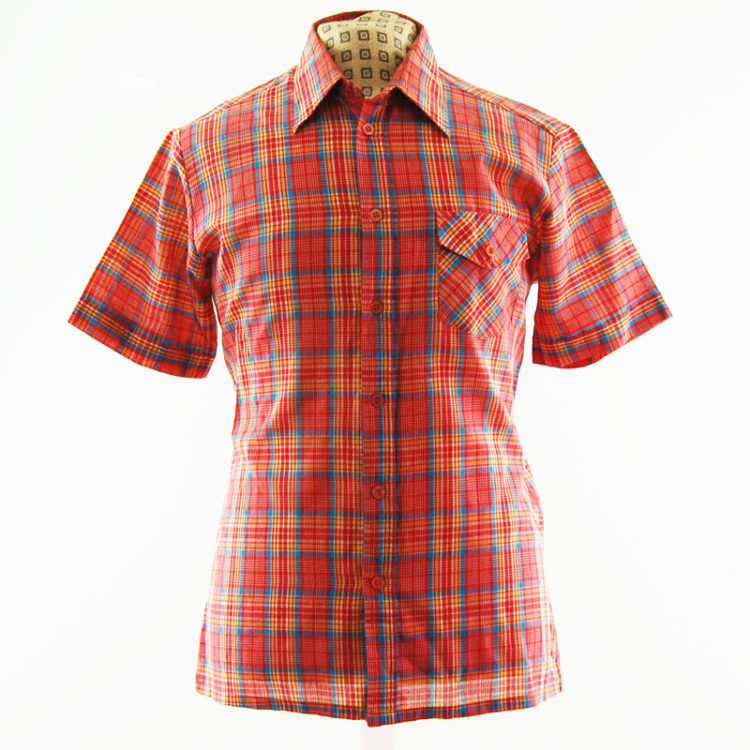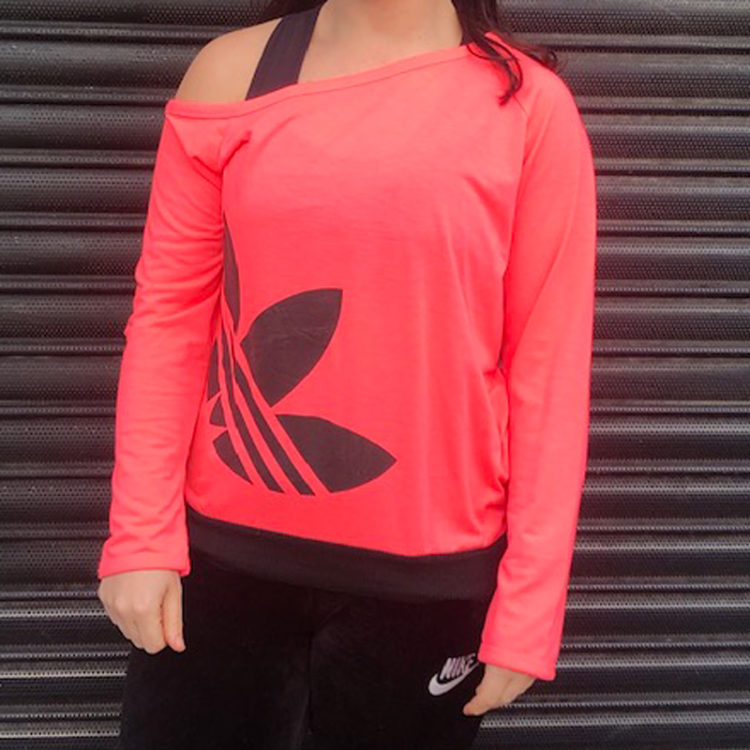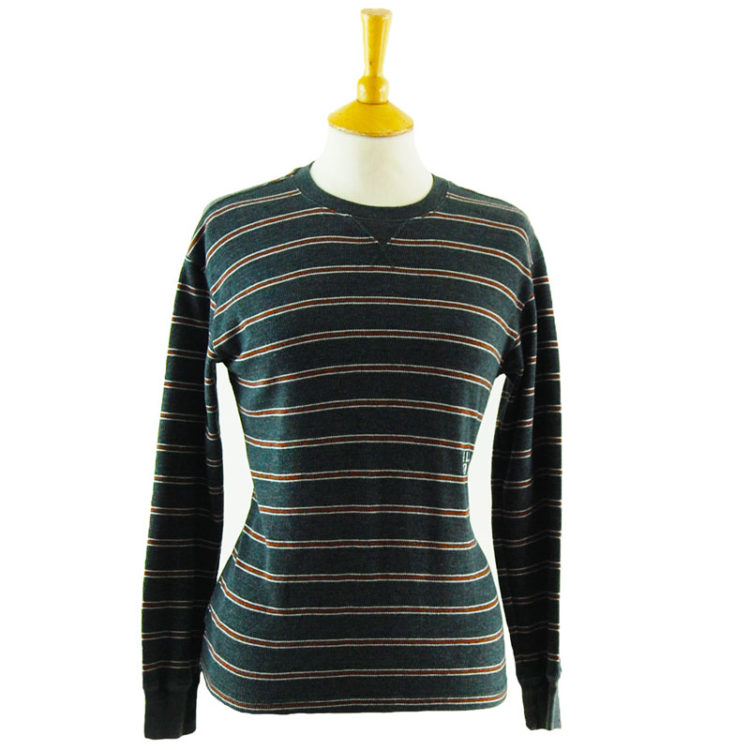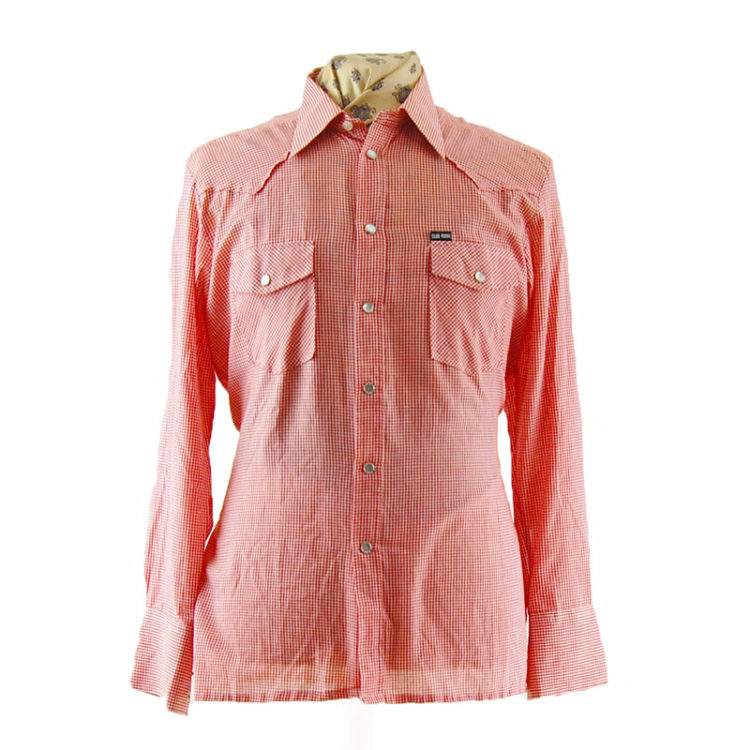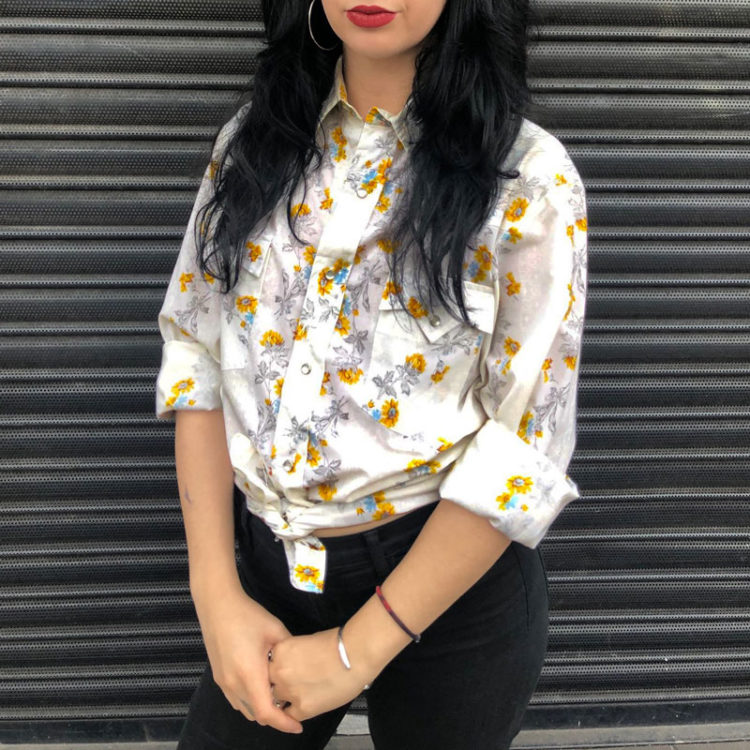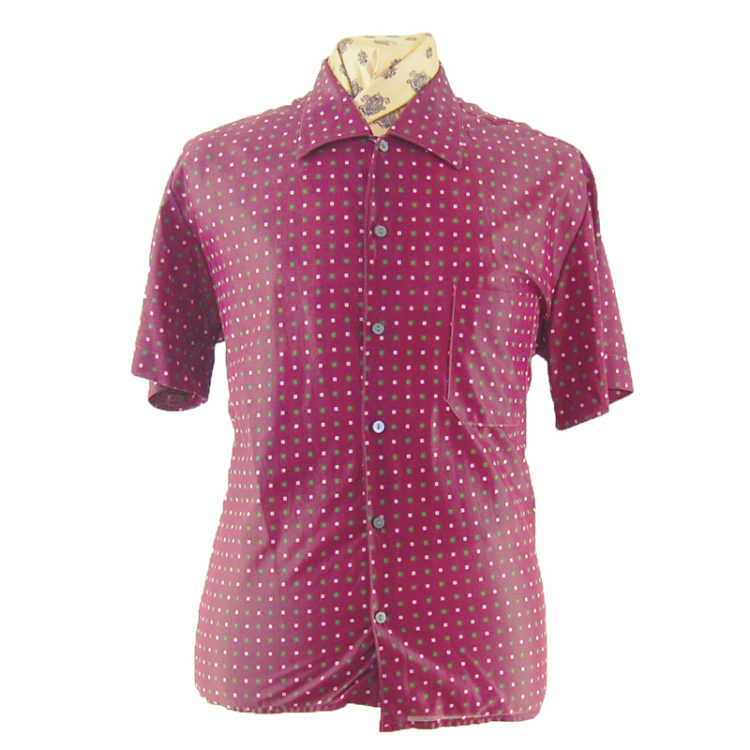Blue17 has shirts for Men and Women from the 1950’s to the 1990’s. Choose from the varied and colourful selection, including 1960s, 1970’s Hawaiian, Bowling, guyabera, western, printed, plaid, and denim.
We have 90s grunge plaids, 90s silk and printed, 80s patterned and 70s long collared styles. Sport styles are well catered for too, with beach, athletic, branded Polo and team Tees. We hand-pick all our Mens and Women’s stock and only the best makes into our store and online.
You can be sure of buying the best quality. If you’re unsure which one to pick for your outfit, or have any questions, just ask one of our friendly team, there’s someone on hand to help
A perfect fit shirt for every occasion
When buying good quality shirts, you not only need to make sure they look and feel good, but that they also fit right. Well fit, they will not only make you feel good, but they are comfortable to keep on for extended periods.
It’s always a good idea to “know your fit” before you buy a one. Unfortunately, they are complex garments and unlike like a tie or a pair of gloves, mens shirts have a number of check points to evaluate when determining a perfect fit. Here are six metrics that you should typically be aware of in high quality examples.
The Neck (or collar)
To get the most comfortable shirt, your neck shouldn’t feel restricted when wearing the garment. It is therefore important to measure your collar properly. Lay dress shirts on a flat surface, and measure the size of the collar (in inches) from button hole to button. Typically, for shirts of the highest quality to fit well, this measurement varies between 14 and 18 inches.
The acid test for the collar size of regular fit shirts is that, when buttoned, you should be able to slip in two fingers into your collar and still feel comfortable. If there’s too much wiggle room between fingers and neck, yours is too large. If there’s not enough room, then perhaps you should stick with dress shirts that are at least one size larger.
If you aren’t looking for a dressy look, then you may still have some wiggle room when sizing collars. For instance, for casual shirts that you intend to wear with open collar or without a bow/tie, you could probably pull off the desired look with a slightly loose/tighter collar fit.
The shoulder
Properly fit shirts should have the seams of the sleeves, where the sleeve is joined to the shoulder, fit closer to your shoulder. Dress shirts that don’t meet this fitness requirement will likely not blend well with the rest of your ensemble.
Once again, the rules for judging the fit for shoulders on them can be relaxed slightly, depending on how you are wearing them. For instance, if you are a compulsive coat and jacket lover – or always wear yours underneath a cardigan – then there’s some flexibility in how you measure the shoulders.
The rules for shoulders on a slim fit variety however, regardless of whether you wear a coat or pullover, are slightly more restrictive.
A slightly loose shoulder will distort your slim fit look. Shoulders that ride higher towards the neck, which are a hallmark of shirts that are a size or two smaller for your body type, may make yours unfit for formal occasions. That’s because a tie or bow, coupled with a jacket or coat, will make them extremely restrained to wear for long periods.
High-end ones, like Oxford shirts, tend to do a better with shoulder measurements than many mass-produced garments. That’s because the mass-produced shorts cut and shape their arm holes to a “one size fits all” measurement.One like that may fit some body types, but will look positively loose or tight on others.
The sleeves
When sizing the sleeves of dress shirts, you should be wary of two elements of design. First, if this is one you’ll be wearing mostly under a coat or jacket, then the armhole of it must leave some – but not a lot of – room between fabric and armpit to allow for airflow. Outer garments worn over shirts during formal occasions can further restrict airflow and cause perspiration.
For slim fit varieties, which are typically worn without outerwear, the opposite might be true – however personal preferences can override this. Too much room under the armpits will make it look baggy, and will defeat the purpose of wearing the fitted variety.
Sleeve lengths
The next important milestone for long sleeve styles of any type, be they slim wear, regular, casual or dress shirts, is the length of the sleeves. When worn unbuttoned, make sure that the cuff of yours doesn’t rest lower than the base of your thumb.
Alternately, depending on your height and the type of material used, the sleeve could be allowed to reach about an inch beyond your wrist bone. Higher than that means that it is a size or two small for you. Lower than that could indicate that’s it’s too large for your fit.
High quality shirts also ensure that the garment wraps around the length of the arm sufficiently, without leaving excess room. Regular fit ones that have excessively loose sleeves will cause the fabric to billow, which will be highly unflattering to your look.
If you are choosing a short-sleeved example, sleeve lengths might depend upon the cut and style of it, and the fabric used to produce it.
Casual ones, for instance those worn at an office Christmas party, can have sleeves just below the elbow. A short-sleeved shirt worn for more formal occasions should have its sleeves cut to just above the elbow.
The chest
The chest is one of the most discernible features of both short and long sleeve shirts. That’s because, following the collar, your chest is likely the next body part that’ll be in the eyeline of the beholder. Your dress shirts must feel comfortable around the chest and, by extension, below your armpit.
A tighter fit around the chest, for regular fit shirts worn on formal occasions, will make it rather uncomfortable to move around – or even to breathe naturally! With slim fit types should feel just a bit snug around the chest, but shouldn’t inhibit natural movement, like leaning or bending over.
Yet another acid test to ensure that your shirt has the right chest fit, is to notice how the buttons feel once you’ve buttoned it right up to your natural level.
The buttons of high quality shirts will never pull too tight against the fabric during natural movement, such as sitting or standing or stretching to get something off a desk. This indicates that the chest dimensions are a perfect fit for your body type.
The body
The body of well-fitting mens shirts, that you intend to wear for formal occasions, must have a perfectly tapered look from chest to waist.
The body cut for dress shirts must ensure that this tapering closely follows, but not necessarily touch, the contours of your body. For slim fit ones however, it’s okay for this tapering to hug more closely to the body.
Regardless of whether you are in the market for casual or formal ones, make sure that there isn’t excess fabric left hanging around the waist once you tuck the it into your pants. If this happens, the fabric will billow up with every step, distorting your well-groomed look.
The back of many highest quality examples often come with back pleats that help with ensuring a perfect body fit.
Precision-made Oxford shirts usually come with vertical darts on the back, which help guide the body of the garment into perfect alignment with the small of your back.
Overall length of the shirt
Finally, for both short and long sleeve ones, length matters. So how do you ensure mens shirts are just the perfect length? Well, there are a few ways to determine that. It all depends on whether you wear yours tucked in or leave them untucked around the waist.
The length of casual shirts worn outside should be no longer than just below the back pockets of your trousers. However, if you wear low-cut pants, jeans or trousers, you may need to adjust the overall length of it accordingly.
For long sleeve styles worn tucked in, if all other measurements are perfect, the length of the shirt may not matter much – unless it is exceedingly long or too short. Overly lengthy dress shirts, once tucked into your pants, have the tendency of noticeably “bunching” and bulging around the pants pockets.
If you typically wear them tucked in, one way to gauge the appropriateness of their length is to raise your arms above your head once your tucked and buckled. Well fit ones shouldn’t pop out of the belted waist band. If it does, that’s an indication that it is a bit too short.
Tailoring your fit
Just as each body type is different, each shirt is different too. Casual shirts have a different objective than the dress variety. And that’s also the case for the short and long sleeve versions too – you buy them and wear them for different occasions and different reasons. That being the case, the fitness metrics discussed above have lots of room for personal preferences and choices.
A case in point: Although we’ve said that your slim fit shirts should hug your body around the chest, you might want to buy them a tad bit lose if you habitually wear vests under your shirt. Even though vests can add just a few millimetres to your chest size, that could make all the difference when wearing tight fit shirts.
Another case for tailoring your expectations when buying a shirt has to do with the types of outerwear you typically pair your shirts with. Chest size and sleeve lengths may not matter too much for casual shirts worn under pullovers or V-neck cardigans.
And when buying dress shirts that are usually worn under blazers or suit coats, you could probably get away with sleeve lengths that are a few centimetres longer than the guidelines discussed above. That’s because the sleeves of regular fit shirts will naturally be pulled slightly higher over the arm once you don on your jacket or coat.
The underlying point of explaining this 6-factor shirt fitting process is so you know what to look for when buying perfectly fitting high quality shirts. However, when applying the principles discussed, be sure to make allowances for your unique style and dress code.
https://www.uniqlo.com/uk/en/men/tops/shirts
https://www.hughandcrye.com/pages/better-fitting-dress-shirts
https://theidleman.com/blogs/style/choose-best-shirts-body-type
